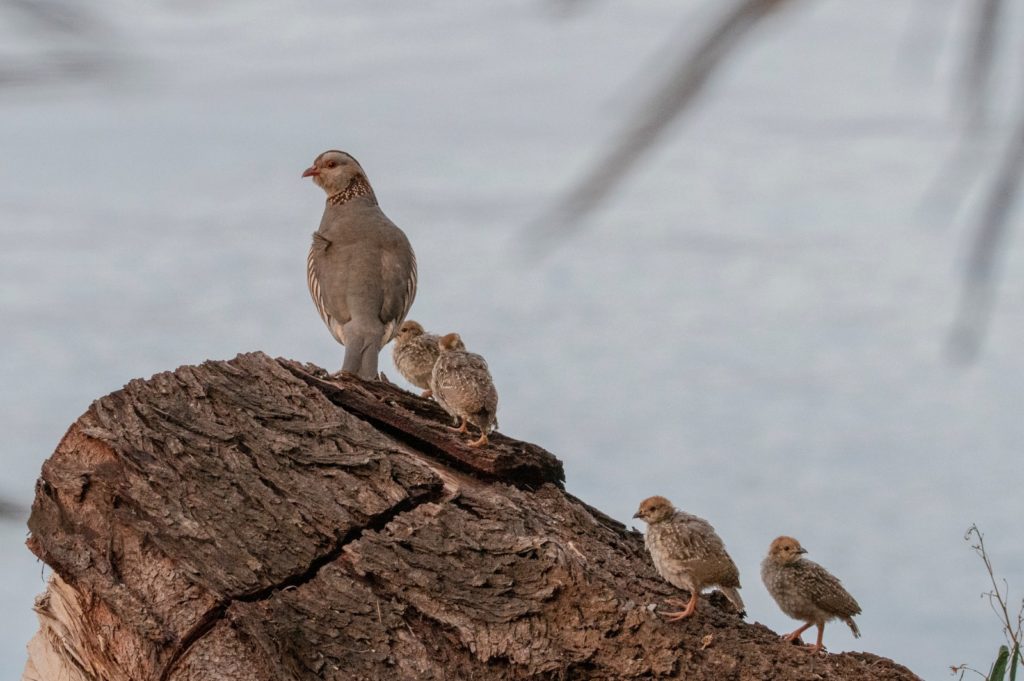He Palmetum of Santa Cruz de Tenerife has become an ideal place of habitual residence and passage and wintering for migratory birds that choose it to rest, feed and regain strength during their long journeys, registering to date a list of around 90 species in total, between migrators and nesters.
Within the framework of the line of collaboration established between Fundación Cepsa and Palmetum, this year the regular monitoring of the birdlife of this botanical garden has continued, with biweekly bird censuses carried out by the Canary Islands delegation of the Spanish Society of Ornithology SEO/BirdLife. This study and monitoring of birds has, among others, the objective of establishing indicators of the state of biodiversity conservation.
Periodic sampling allows us to update the inventory of birds observed in this area of the capital, providing information of great value, since birds contribute significantly to biodiversity, playing a key role in ecosystems.
Its study provides data on the health and state of this habitat, and, in addition to increasing the volume of ornithological information in the park, this continuous monitoring allows us to better assess the foreseeable impact that the pruning and clearing work carried out may have on the birds. as well as improvement works or new constructions, etc.
In the progress of the study that SEO/BirdLife prepares each year for this space, it is reflected that in the last period of spring migration the typical species of passage were seen, such as swallows or flycatchers, and some others such as the tree pipit and the common shrike. . The latter made a stop in the Palmetum on their migration from the wintering quarters south of the Sahara towards the Eurasian breeding areas.
Likewise, other migratory birds were detected for the first time in this environment, such as the white stork (one specimen, in April). In the summer months, the importance of this garden for local birds became evident, serving as a refuge and for drinking water, hosting flocks of canaries and sparrows, among other species.
Apart from serving as a drinking fountain for all the birds that visit the enclave daily, the Palmetum lakes continue to host a relevant population of water gallinets, along with a few gray herons, egrets and little egrets and others such as the barn owl, which has been in the park for several weeks along with the usual long-eared owls, or a common sparrowhawk, as well as the common kestrel. With autumn, birds returned to their wintering quarters, including a song thrush that took advantage of the dates on the palm trees, and nesting species, such as partridges and canaries, which began to delimit their territories.


















